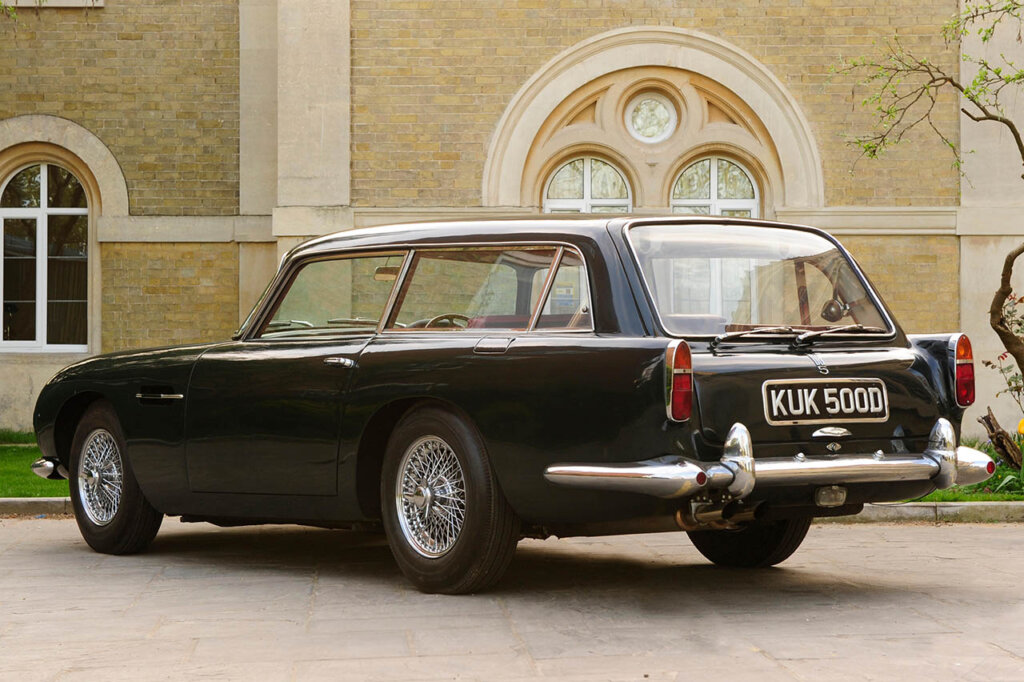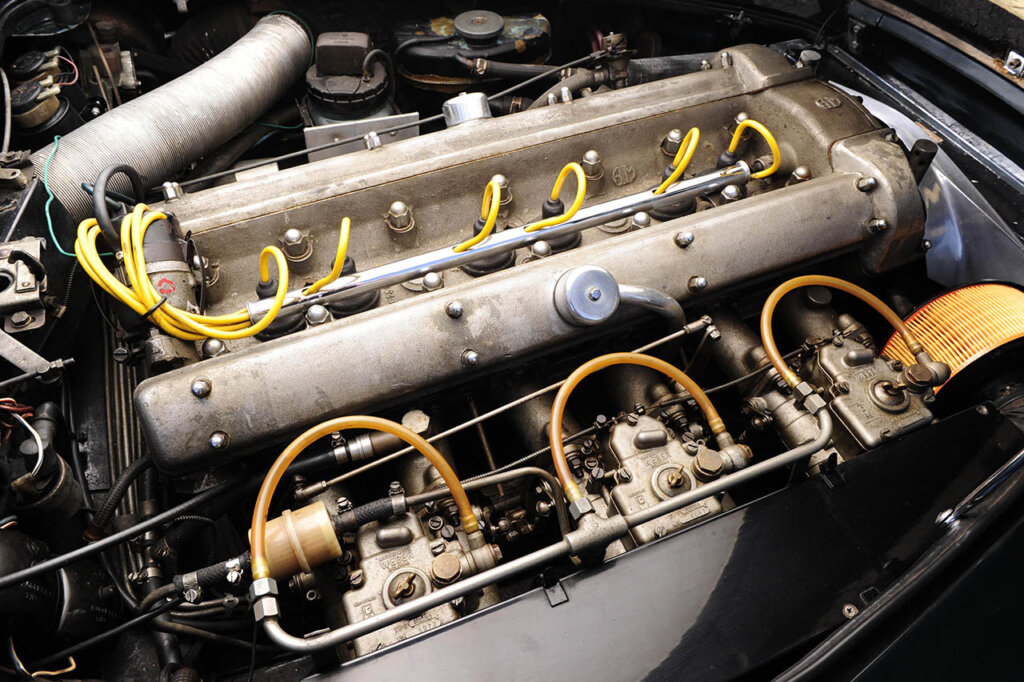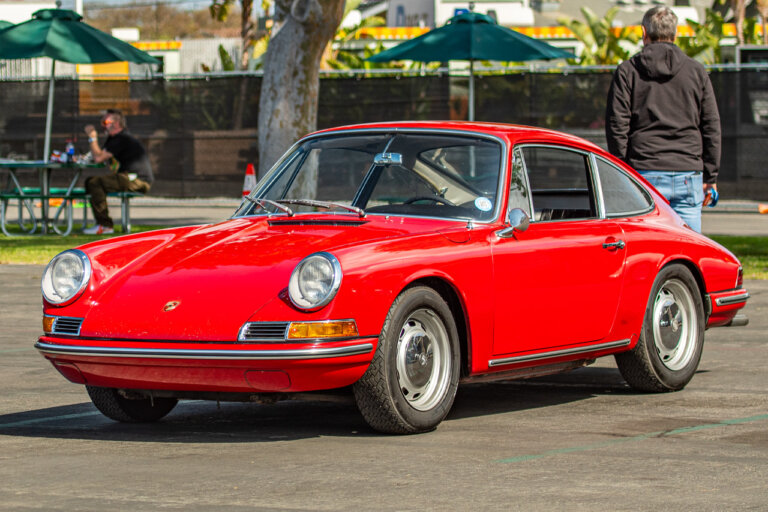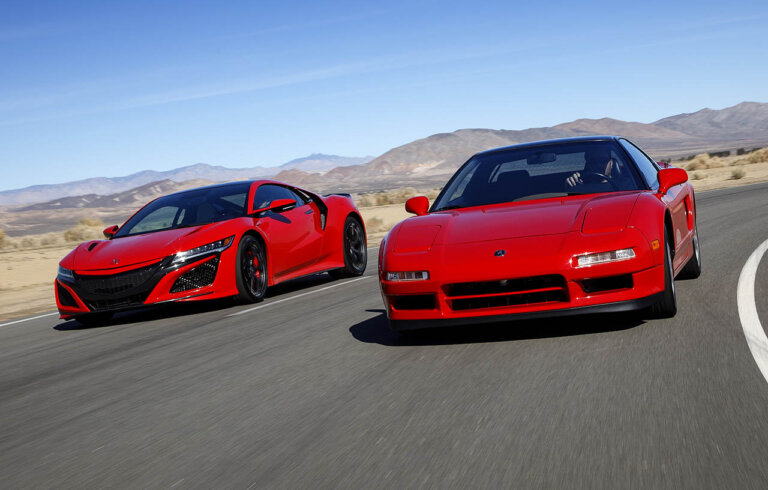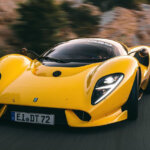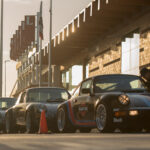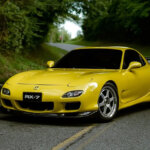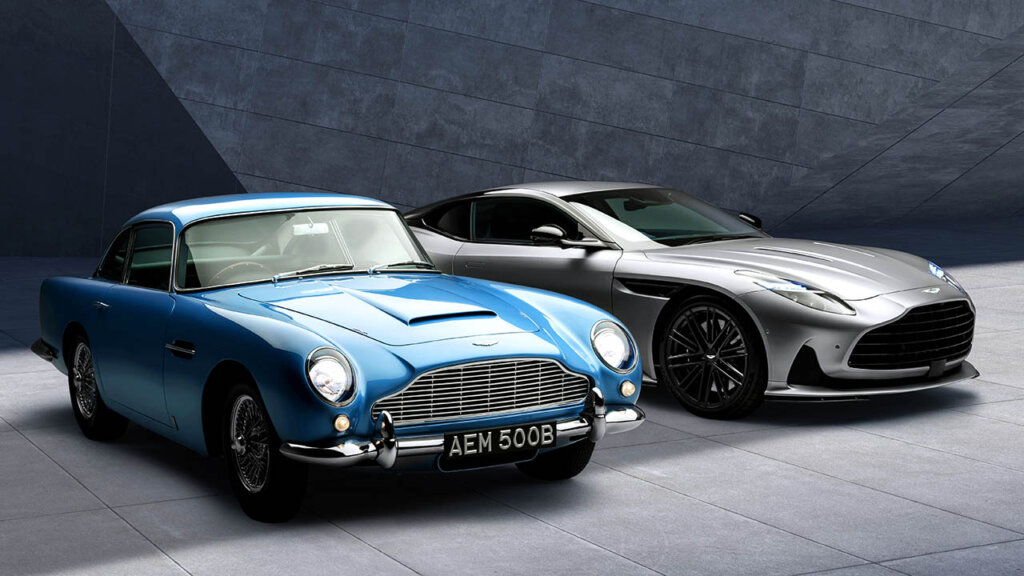
Source: Aston Martin Pressroom
Hailed as one of the most famous sports cars in the world, the Aston Martin DB5 embodies the perfect fusion of elegance and performance. This legendary automobile first gained widespread fame for its role as James Bond’s stylish getaway vehicle in the 1964 film Goldfinger. Since then, the DB5 has continued to captivate enthusiasts and collectors with its timeless design, impressive power, and a touch of cinematic glamor.
DB5’s Design & Features
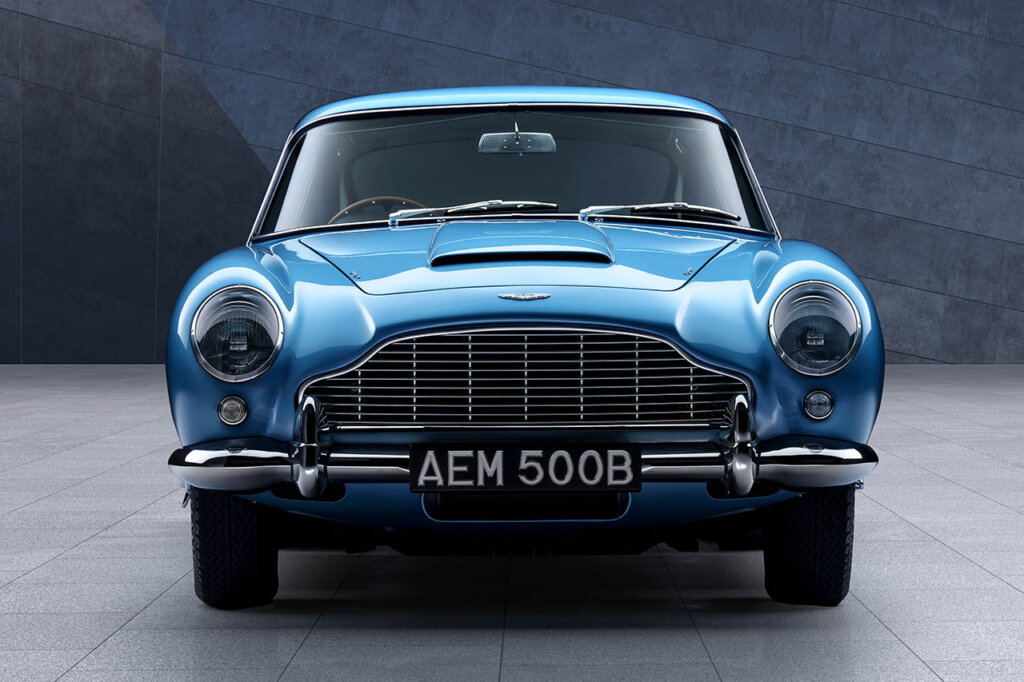
Source: Aston Martin Pressroom
The story of the Aston Martin DB5 begins in 1963 when it was introduced as the successor to the DB4. Designed by Italian coachbuilder Carrozzeria Touring Superleggera, the DB5 immediately garnered attention with its graceful and aerodynamic design. Although it shared similar traits to the DB4 Series V, the main difference lies underneath the hood. The DB5 features an all-aluminum 4.0-liter engine, an improvement from the previous 3.7 liters. Complementing this engine was a new, more durable ZF five-speed transmission, a significant advancement over the earlier David Brown unit, with the exception of a few of the very earliest DB5 models. To enhance performance, the engine was equipped with three SU carburettors, generating an impressive 282 bhp. This powerhouse allowed the DB5 to achieve a top speed of 145 mph. The Aston Martin DB5 came with a range of standard features, including reclining seats, luxurious wool pile carpets, electrically operated windows, dual fuel tanks, stylish chrome wire wheels, an oil cooler, and a magnesium-alloy body constructed using a Superleggera patent technique. The interior was adorned with full leather trim, and for safety, each DB5 was equipped with a fire extinguisher. These models were consistently designed with two doors and a 2+2 seating configuration.
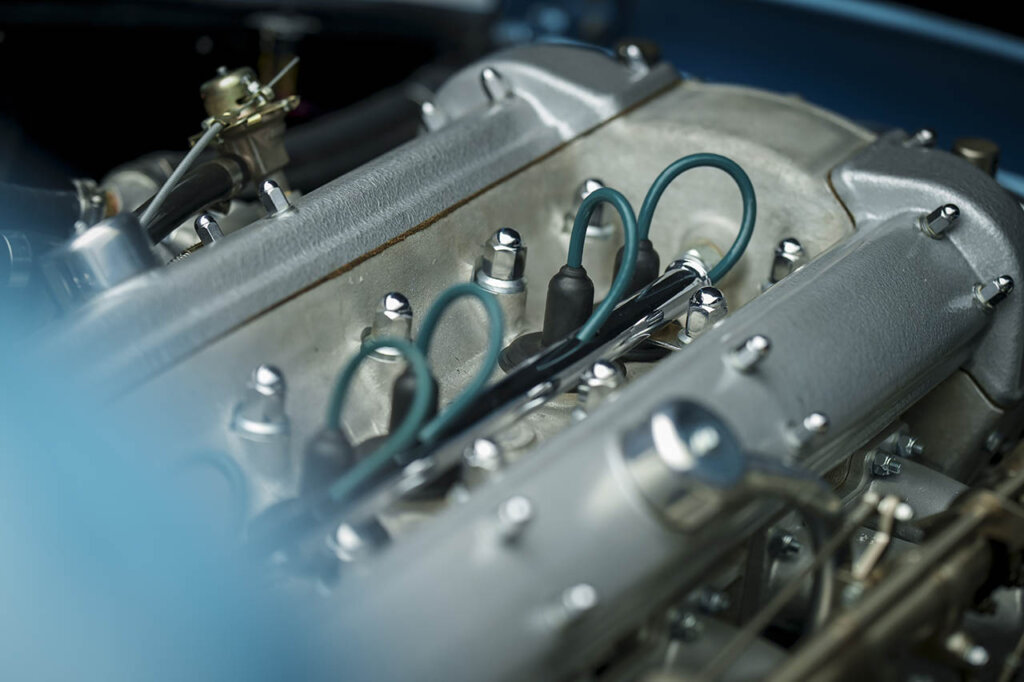
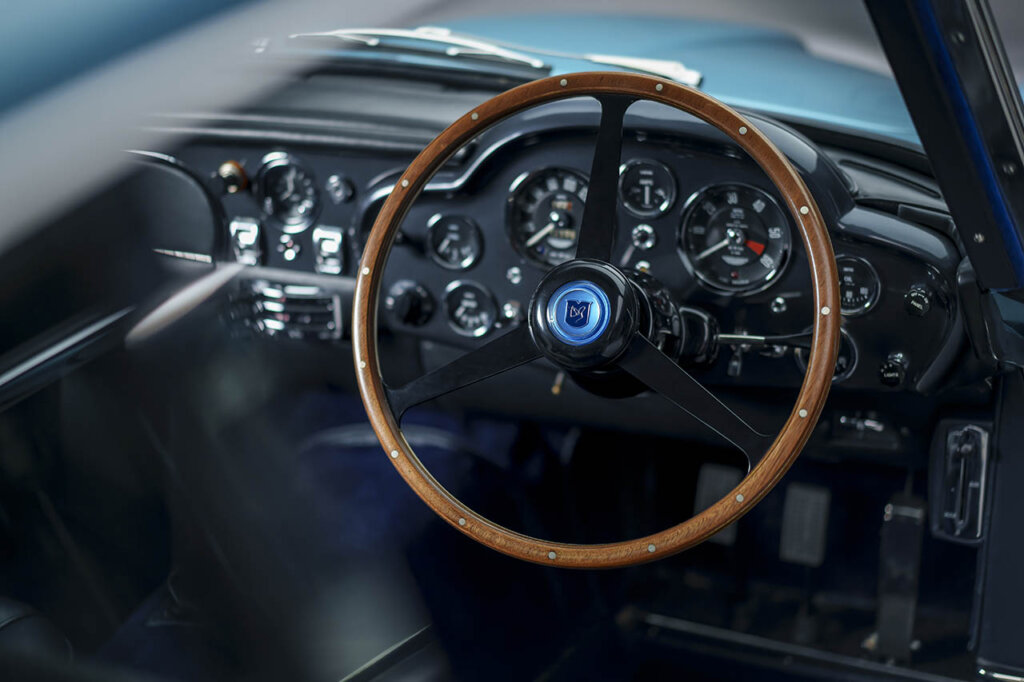

Notable DB5 Versions
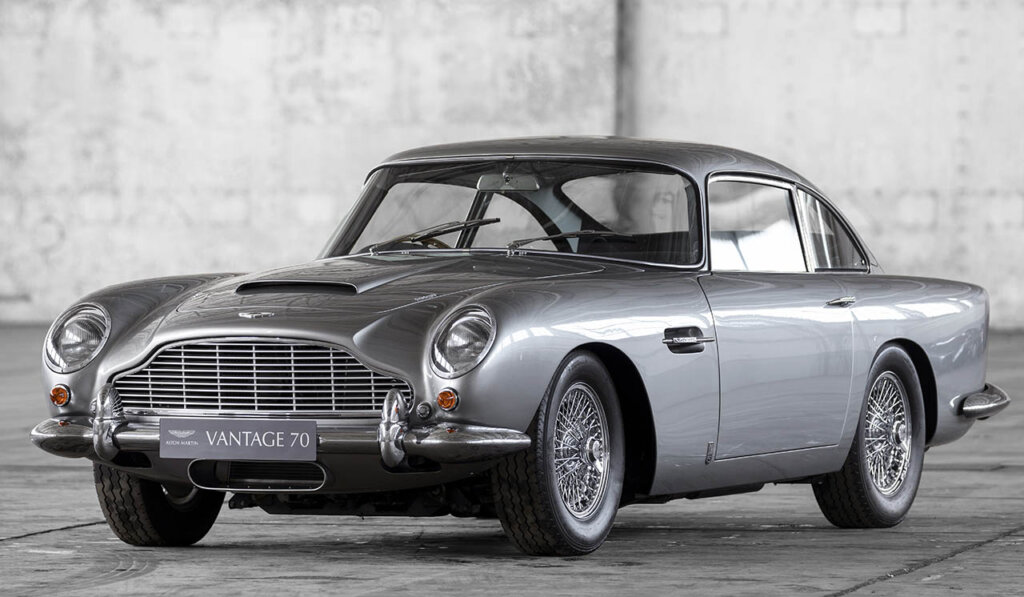
Future DB5 variants were introduced during the 1960s, which included the DB5 Vantage, DB5 Convertible, and DB5 shooting-brake. The DB5 Vantage had an upgraded engine that generated an impressive 325 bhp at 5,500 rpm.
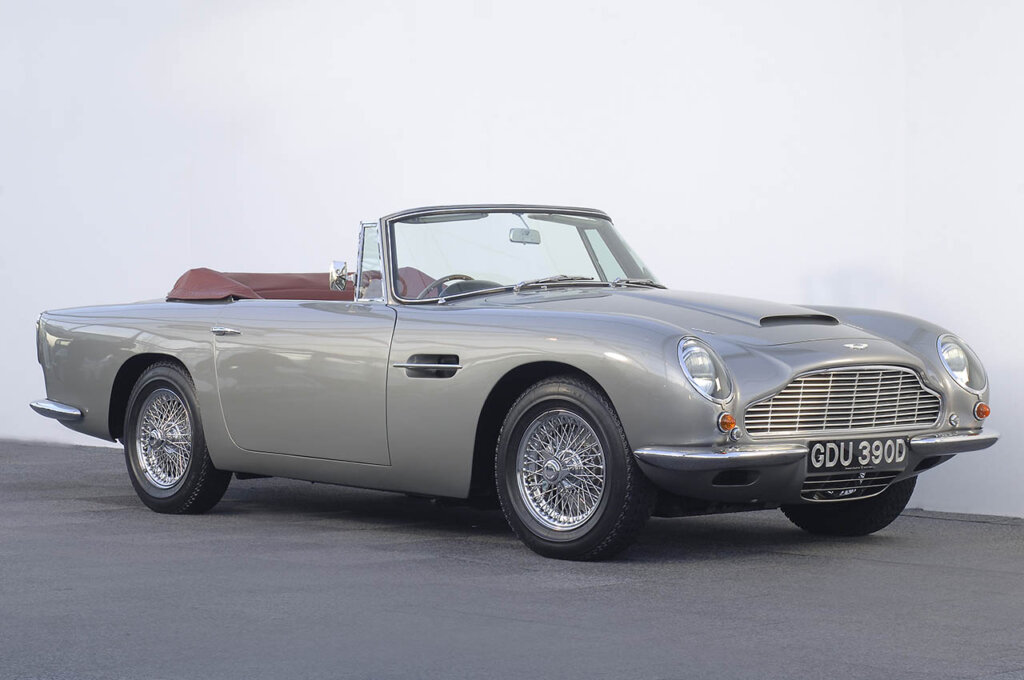
Source: Aston Martin Pressroom

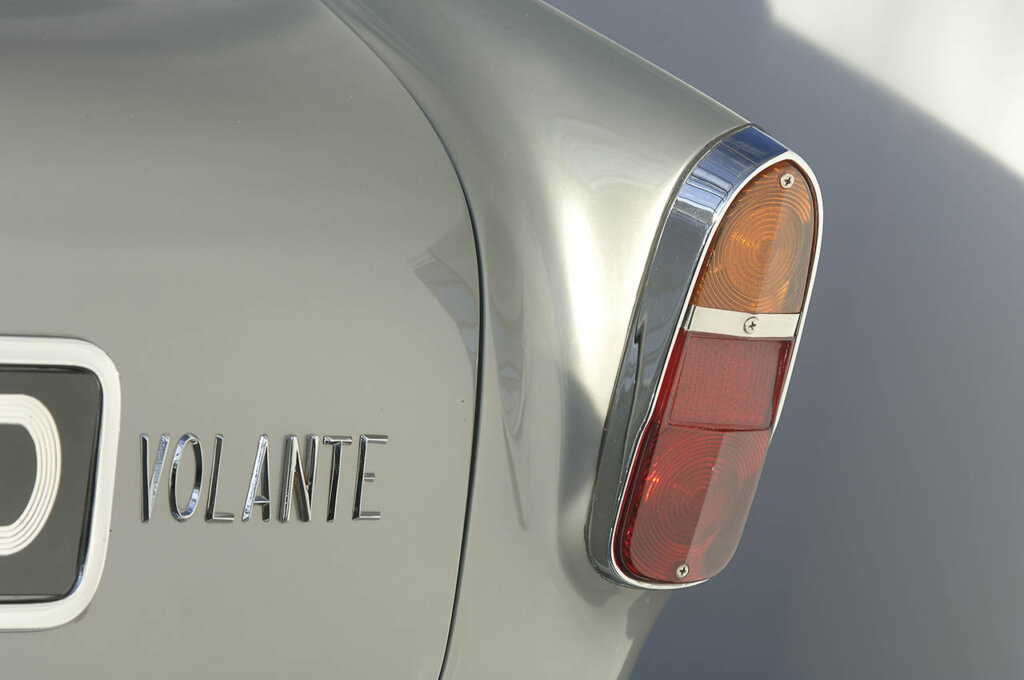
The DB5 convertible features bodies crafted by Touring. However, it’s noteworthy that they weren’t initially referred to as ‘Volante’ until 1965. The convertible variant was available from 1963 to 1965, and originally, only 19 out of the 123 DB5 Convertibles were designed with left-hand drive. Among these, 12 cars came from the factory with a Vantage engine, and at least one more convertible was subsequently factory-fitted with a DB6 specification Vantage engine. An exclusive factory option, installed by Works Service before customer delivery, was a steel removable hard top. Between October 1965 and October 1966, Aston Martin repurposed the final 37 Aston Martin DB5 chassis to create another convertible model. These 37 vehicles were known as “Short Chassis” Volantes, marking the first use of the ‘Volante’ name by Aston Martin. The “short” designation arose from a comparison with the subsequent DB6, which had a longer chassis, although the physical size was similar to the DB5. These cars set themselves apart from the DB5 convertible models by incorporating DB6 split front and rear bumpers and Triumph TR4 rear lights, consistent with the design choices made for the DB6.

Source: Aston Martin Pressroom
The shooting-brake DB5 was a unique prototype specifically for David Brown, who was a passionate hunter and dog enthusiast. In addition to this special build, around 11 to 12 coupés underwent custom modifications for Aston Martin by the independent coachbuilder, Harold Radford. These customized DB5s featured tail lights sourced from Triumph, a design choice that was subsequently embraced for the later DB6 models. Notably, in August 2019, a DB5 was sold at auction for a record-breaking $1.765 million, setting a new benchmark as the most valuable shooting brake-bodied car of any make ever auctioned.
